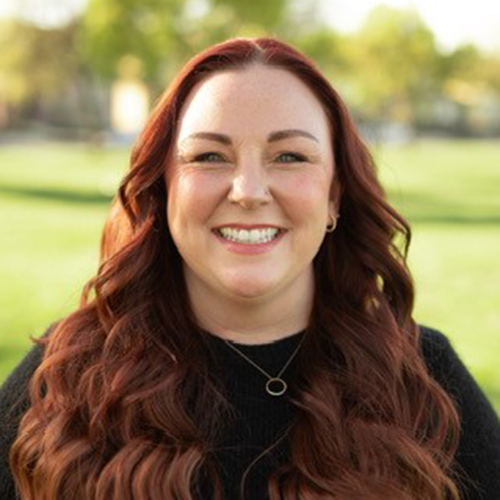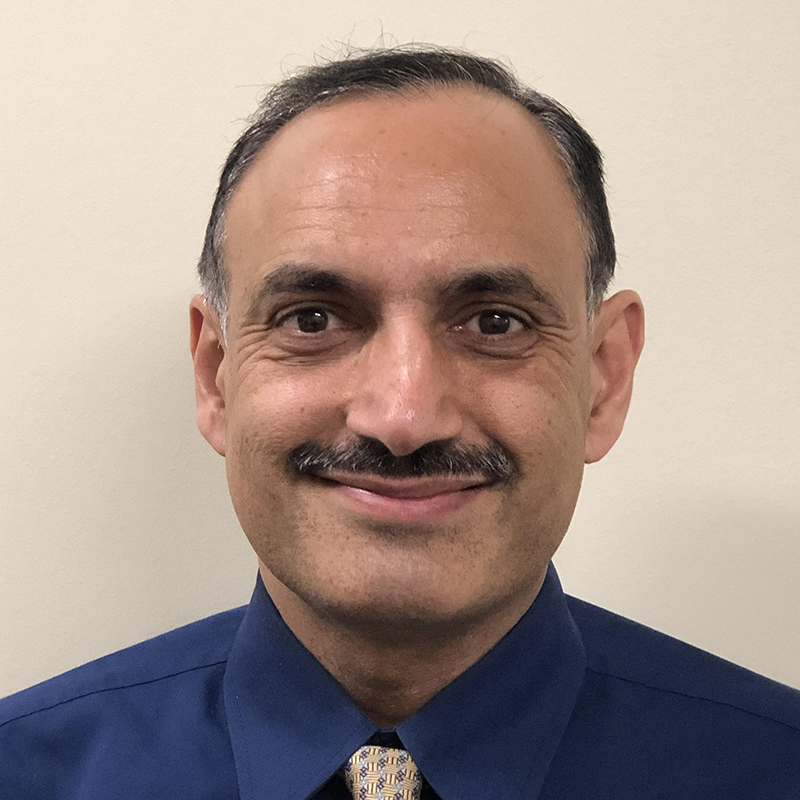


Defending our national treasures
On this day in 1916, the US Congress created the National Park Service (NPS). CA is home to 9 of America’s 63 national parks, and 28 including the nation’s designated national monuments. From the volcanic ash of Lassen to the lush forests of the Redwood and Sequoia, the sands of the Mojave to the untamed coast at Point Reyes, the depths of Death Valley to the summit of Half Dome at Yosemite-the nation’s first national park, we can all agree that the NPS represents an unmatched national treasure.
Even for city folks like me, it would be unimaginable to envision America without our national parks. During the COVID lockdown, we needed to look no further than our coffee table picture books, the art adorning our walls, computer screen savers and zoom backdrops that featured a pristine image from a national park of our dreams that reminds us of an actual location which we all know to be even more splendid in real life than anything captured in two dimensions.
Many of these national treasures are increasingly threatened by wildfires, rising oceans, drought, extreme heat and other conditions brought on by climate change. Half of Lassen Volcanic National Park is currently burning in the Dixie Fire. IBank remains conscious of the role we can play, from financing the next biomass facility to aggregate and clear forest waste or the next hydrogen ferry to reduce polluting emissions on our waterways, to the importance of capitalizing our Climate Catalyst Fund for projects that reduce the effects of human activity to the nature that we cherish and seek to preserve.
Our national parks receive over 330 million visits a year, generating over $30 billion of economic activity. It would take a lifetime to adequately experience all of the crown jewels the NPS has to offer. But on this day, the NPS birthday, entrance fees to all national parks are waived so I hope you have time to get in a visit after this meeting.
At the last board meeting, I recounted the tragic history of our Caribbean neighbor, Haiti. I spoke of my short visit a few years after their last devasting 7.0 earthquake of 2010, a tragedy killing several hundred thousand from which they’ve never recovered. Since then, they’ve experienced a cholera outbreak afflicting over 800,000, four devastating hurricanes, and a failed government that culminated with last month’s Presidential assassination. I spoke of a country teetering on the edge, and yet 11 days ago, we all witnessed the destruction and despair caused by another 7.2 earthquake, followed only two days later with the early stages of Hurricane Grace to hamper any rescue and recovery efforts.
USAID and other international relief agencies are on the ground providing essential services, even as the FBI investigates those responsible for the assassination. The proud people of Haiti are once again clinging for their very survival against everything that is thrown at them. They continue to test the limits of human misery, which is far more than any population can be expected to overcome on their own. This accumulation of tragedies requires the entire international community to come together to assist and can not be forgotten as our attention turns other crises.
Speaking of which, 20 years ago, we invaded Afghanistan in search of the perpetrators of the 9/11 terrorist attacks. As I observed the human toll and refugee crisis that ensued, I became involved with the US Committee for Refugees and Immigrants (USCRI), serving as their Chair or on their Board ever since in order to better understand such situations and seek solutions to assist the populations at risk. Over the prior days, we’ve all witnessed the tragic final chapter of America’s longest war. The USCRI is deploying staff to Fort Lee and Fort McCoy to assist with the processing and resettlement of SIV’s that make it here, those that risked their lives to support our troops in pursuit of a better life.
Many have juxtaposed images of our chaotic evacuations during the fall of Saigon. While that was clearly a low point in US foreign policy, the aftermath is less definitive. In the years after the war, more than a million Vietnamese refugees and immigrants resettled in the US, many due to the efforts of the USCRI despite how deeply unpopular such activities were at the time. This population has successfully integrated into all facets and corners of American society with nearly 40% here in CA, enriching our communities both economically and culturally. And while it took two decades, we now have a warm relationship with Vietnam and its thriving capitalist economy. Few could have imagined this on April 30, 1975, seven days after President Ford announced the war was finished, as the last helicopters rushed from the US Embassy with throngs below desperate to leave. Afghanistan is currently shrouded in darkness, but there is always an opportunity for a brighter outcome.

















































